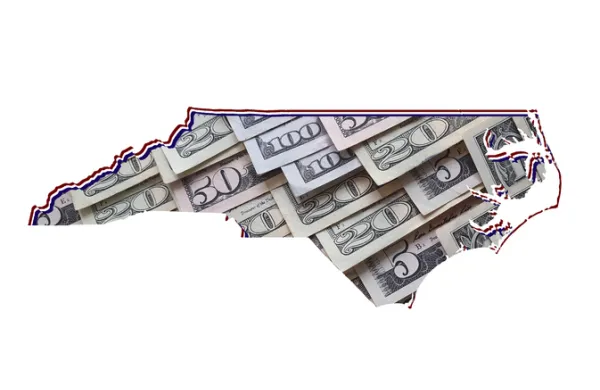Global investors could pour trillions of dollars into green technology that would help the world meet the greenhouse gas reduction targets agreed on in Paris this past December. But they need accounting benchmarks and market infrastructure that the financial world has only begun to develop — and time is running short. That was the conclusion of Mark Carney, Bank of England governor and chairman of the G-20’s Financial Stability Board, and other high-wattage panelists at a seminar during the spring meetings of the World Bank and International Monetary Fund that took place in Washington this weekend.
The good news, Carney said, is that the world is awash in capital seeking returns that green bonds could deliver. “Out of $100 trillion in institutional funds around the world, less than 1 percent is invested in anything you could call ‘green,’” he said. The bad news is that money managers want rules and protections for an ecobond market, whose proceeds might be most in demand in emerging markets that are adding electrical capacity faster than are developed economies. “Funding for green power in growth markets would have to be raised on terms that are easily recognizable,” he said.
Investors might also come to reward established corporate names that are economical in their carbon use; however, such accounting is by the same token in its infancy, the central banker said. “Only one third of Fortune 1000 companies do any meaningful carbon disclosure,” he noted. That is not surprising, as the most ambitious quest to establish a carbon price, through the European Union’s cap-and-trade system, has struggled, and thus financiers have paid scant attention. Carney continued, saying, “Carbon risk has been beyond the horizon of the financial sector.”
A few pending developments suggest change is coming in the near future. The biggest is China’s promise to open a national carbon market in 2017, propelled by its own emissions-cap regimen. The Chinese exchange could link with Europe’s and establish a global price. “The business community itself is telling us they need a carbon price, and China may be coming online with one next year,” said Canadian Environment and Climate Change minister Catherine McKenna, who joined Carney on the panel. “The key is harmonization.”
The Financial Stability Board last year convened the Task Force on Climate-Related Financial Disclosures, chaired by Michael Bloomberg, the billionaire entrepreneur and former mayor of New York. The group aims to develop “voluntary, consistent climate-related financial-risk disclosures” that will “help to accelerate global investments in clean energy by increasing transparency.” Its guidelines may be out by the end of this year, Carney said.
But this sort of catch-up spadework lacks the sense of urgency needed if the world is to fulfill the Paris Agreement, said World Bank president Jim Yong Kim. Although solar and wind energy are becoming more price-competitive with fossil fuels in some developed countries, that is not the case through most of the developing world, where new investment will be most intensive.
Pakistan and Vietnam, for instance, have plans to add 40 gigawatts of coal-powered electricity generation — about as much as total capacity as exists in the state of Massachusetts. Solar energy is available in Japan for half the cost of the new, proposed coal-based energy plants in Vietnam, though the technology may not transfer to its Asian neighbors fast enough to avert large new investments in the polluting fuel. “We know what we have to do, but we haven’t quite gelled yet,” Kim said. “We do not have a lot of time.”






